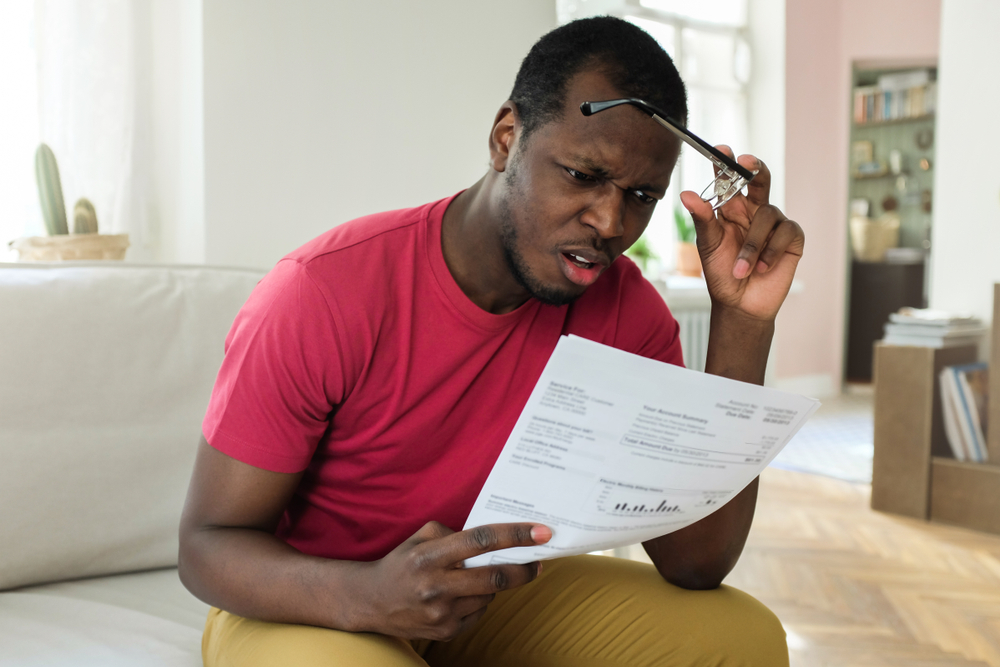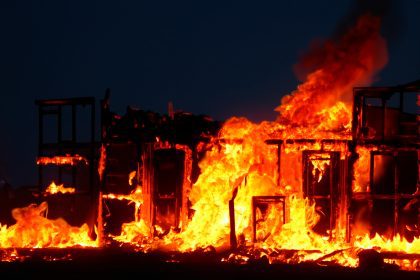Fire insurance rejection often catches homeowners off guard, leaving them vulnerable to potential disasters. Understanding the key factors that lead to these denials can help property owners take proactive steps to secure necessary coverage and protect their investments. The complexity of fire insurance applications has increased in recent years, with providers implementing stricter evaluation criteria to manage their risk exposure.
Safety measures and prevention
The absence of proper fire safety equipment remains a leading cause of insurance denials. Insurance providers carefully evaluate homes for basic safety features, including smoke detectors, fire alarms, and readily accessible fire extinguishers. Homes lacking these fundamental protections often face immediate rejection.
Modern fire safety standards also emphasize the importance of sprinkler systems, particularly in larger homes. Properties equipped with comprehensive safety measures not only demonstrate commitment to prevention but also qualify for better coverage options and potentially lower premiums. Insurance providers increasingly look for integrated safety systems that combine detection, alert, and suppression capabilities.
Building codes and safety regulations continue to evolve, requiring homeowners to stay current with new requirements. Regular safety audits and compliance checks help ensure properties meet current standards and maintain their insurability.
Electrical system concerns
Aging or improperly maintained electrical systems pose significant risks that often trigger automatic denials from insurance providers. Warning signs include flickering lights, frequently tripping circuit breakers, and visible damage near electrical outlets. Homes still using outdated aluminum wiring instead of copper face particular scrutiny.
Professional electrical inspections can identify potential hazards before they lead to rejection. Upgrading electrical systems, while initially costly, proves essential for both insurance approval and long-term home safety. Modern circuit breakers, proper wiring, and regular maintenance help ensure compliance with current safety codes.
The increasing use of home electronics and appliances places greater demands on electrical systems. Insurance providers pay particular attention to homes with outdated electrical panels or those showing signs of modification by unlicensed contractors.
Location and environmental factors
A property’s location significantly influences its insurability. Homes situated in wildfire-prone regions or near industrial areas face heightened scrutiny from insurance providers. These locations present elevated risks due to factors beyond homeowners’ direct control.
Properties in remote areas may face additional challenges due to limited emergency response capabilities. Insurance providers consider factors such as distance from fire stations and access to water sources when evaluating coverage applications. Climate change impacts have led to expanded high-risk zones, affecting previously insurable properties.
Regional fire history and local emergency response statistics play crucial roles in coverage decisions. Areas with limited firefighting resources or challenging access routes often require additional protective measures for insurance approval.
Maintenance and upkeep
Poor property maintenance significantly impacts insurance eligibility. Overgrown vegetation, accumulated debris, and deteriorating structural elements all contribute to increased fire risks. Insurance providers carefully assess these factors during property evaluations.
Regular maintenance proves crucial for maintaining insurability. This includes:
Keeping the property clear of flammable materials and debris Managing vegetation growth around the structure Maintaining roofs, gutters, and chimneys in good condition Addressing structural issues promptly to prevent fire hazards Documenting all maintenance activities and improvements
Seasonal maintenance requirements vary by region and climate zone. Properties in wildfire-prone areas face stricter vegetation management requirements and may need additional protective measures during high-risk seasons.
Insurance history impact
Previous insurance claims and coverage denials can significantly affect future applications. Multiple past claims, particularly those related to fire damage, often flag properties as high-risk. Insurance providers carefully review this history when evaluating new applications.
Homeowners with previous claims should focus on demonstrating improvements and risk reduction measures. Documentation of repairs, upgrades, and preventive maintenance can help overcome concerns about past incidents. A clear record of proactive risk management can help offset negative history.
Claims history analysis extends beyond the current owner, as providers often consider the property’s long-term incident record. This comprehensive evaluation helps identify persistent issues that may require attention.
Improving insurance approval chances
Homeowners facing rejection can take several steps to enhance their property’s insurability. Professional home inspections help identify and address potential issues before they lead to coverage denials. Investing in fire-resistant materials and modern safety systems demonstrates commitment to risk reduction.
Regular communication with insurance providers proves essential throughout this process. Understanding specific requirements and addressing concerns proactively helps build trust and increases approval chances. Many providers offer guidance on necessary improvements for coverage qualification.
Long-term protection strategies
Securing fire insurance requires ongoing attention to property maintenance and safety measures. Regular safety audits, system updates, and documentation of improvements help maintain coverage eligibility. Homeowners should view these efforts as investments in both property protection and peace of mind.
Building a comprehensive fire safety strategy involves coordination between various elements:
- Maintaining up-to-date safety systems and equipment
- Regular professional inspections of critical systems
- Documented maintenance schedules and improvements
- Clear emergency response plans and procedures
- Integration with community fire prevention initiatives
This story was created using AI technology.
















